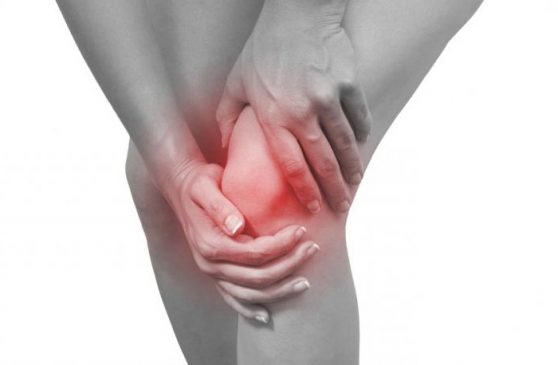Arthritis Treatment: Physical exercise is crucial for achieving optimal physical and mental health to manage arthritis. Additional advantages to treating joint pain and discomfort may also come from exercise.
Arthritis is a painful condition which affects one or more joints. It leads to joint pain and stiffness, which hamper day to day activities of the patient. When left untreated, arthritis can reduce one’s range of motion and even make it difficult to sit up straight. Arthritis can make it difficult to do everyday tasks like walking or even just picking things up, regardless of the reason. Symptoms of this bone-related condition usually worsen with age.
Read More: Hypertension: 5 Herbs And Spices To Reduce High Blood Pressure And Protect Your Heart
How Exercise Eases Arthritis Pain And Discomfort?
Your joints, such as those in your fingers, hips, and knees, hurt from arthritis, which also makes it challenging to move them. If you have arthritis, these joints may become swollen, stiff, and painful. A number of factors, such as age or when your body’s defence system starts fighting your own joints, can cause it. Regular exercise helps prevent bone loss, keep the muscles around weak joints healthy, and perhaps reduce joint discomfort and swelling. Working out also relieves pain and stiffness by replenishing the lubricant in the joint cartilage.
Read More: World Sight Day 2023: How Ocular Supplements Can Enhance and Protect Our Eyesight
5 Exercise Tips For Arthritis Patients
- Warm-Up Exercise: Start your exercise session with a light warm-up. Your risk of injury is reduced by warming up your muscles and joints in preparation for the next workout. In this sense, gentle stretches and range-of-motion exercises are very helpful.
- Low-Impact Workout: Exercises that have little impact and are easy on the joints should be prioritized. Walking, stationary cycling, swimming, and water aerobics are all excellent forms of exercise. These activities benefit your heart while placing little strain on your joints.
- Stay Hydrated: To keep your joints lubricated and lower your risk of cramping, it is crucial to stay hydrated. Water is important to consume before, during, and after exercise.
- Consistency: Stability and steadiness are essential to reap the benefits of exercise for managing arthritis over the long run. To gain from exercise’s potential for improving your life with arthritis, aim for consistent, ongoing activity.
- Rest: Rest is important so that your joints can heal and recover as a result. Overtraining can exacerbate the effects of arthritis and cause more severe problems.
Read More: Diabetes And Hair Loss: How High Glucose Level Can Affect Your Hair?
Managing symptoms and, maintaining an active lifestyle are the two most crucial things to do after receiving a diagnosis of arthritis. If a person experiences joint pain along with redness, swelling, soreness, or warmth close to the joint, they should see a doctor.



































